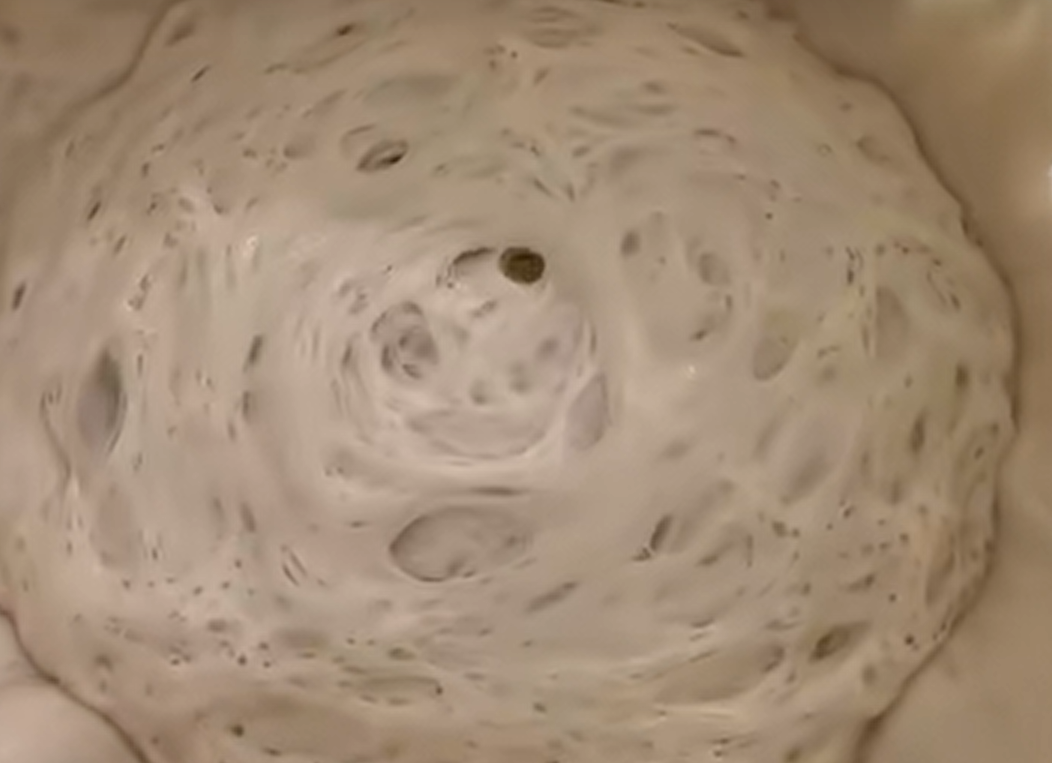
In China, some young adults are finding friends in unusual places — they’re keeping “static (静态的) pets”. These are things that don’t move or need much care, like special jars of yeast (酵母) called “face worms”. This idea is becoming popular with young people who feel stressed by school, work, and life.
Making a pet yeast is simple. You put flour, water, and sometimes sugar into a glass jar. In just hours, the mixture starts bubbling and smells a bit like wine. Owners love how easy it is. “No walks, no mess! It’s worry-free,” said one person online. Another added, “If you don’t want it anymore, add flour and make steamed buns. No guilt!”
Doctors like Zhao Meng from Wuhan Wudong Hospital explain why this trend is growing. Young people face lots of pressure. Real pets cost money and need time — walks, baths, and attention. But static pets are cheap and easy. They fit a “lazy healing” lifestyle, where people want calm without extra work. Another expert, Du Hemin, says these pets give people a “safe feeling”. They won’t get sick or require constant (持续不断的) care.
For busy young adults, these static friends offer comfort when life feels stressful. As one Internet user said, “They give small but sure happiness.” Unlike real pets that can get sick or act badly, static pets are steady. Some might wonder if you can really bond with yeast, but fans say it fills a basic need: friendship without stress, a quiet comfort in lonely city lives.
原创编写 版权所有 侵权必究! 每日更新 个性化阅读 英语飙升!
1. 1. Who are most likely to keep yeast pets?
A People who love baking.
B Young adults under stress.
C Students good at science.
D Animal lovers without dogs.
4. 4. What does Du Hemin say about static pets?
A They are good for baking.
B They offer a sense of security.
C They are better than real pets.
D They help with homework.
5. 5. What can we learn from the article?
A Static pets are a kind of real animal.
B All young people have static pets.
C Real pets are more popular than before.
D Static pets meet young people’s need for friendship.


 更多优质学习内容
更多优质学习内容

